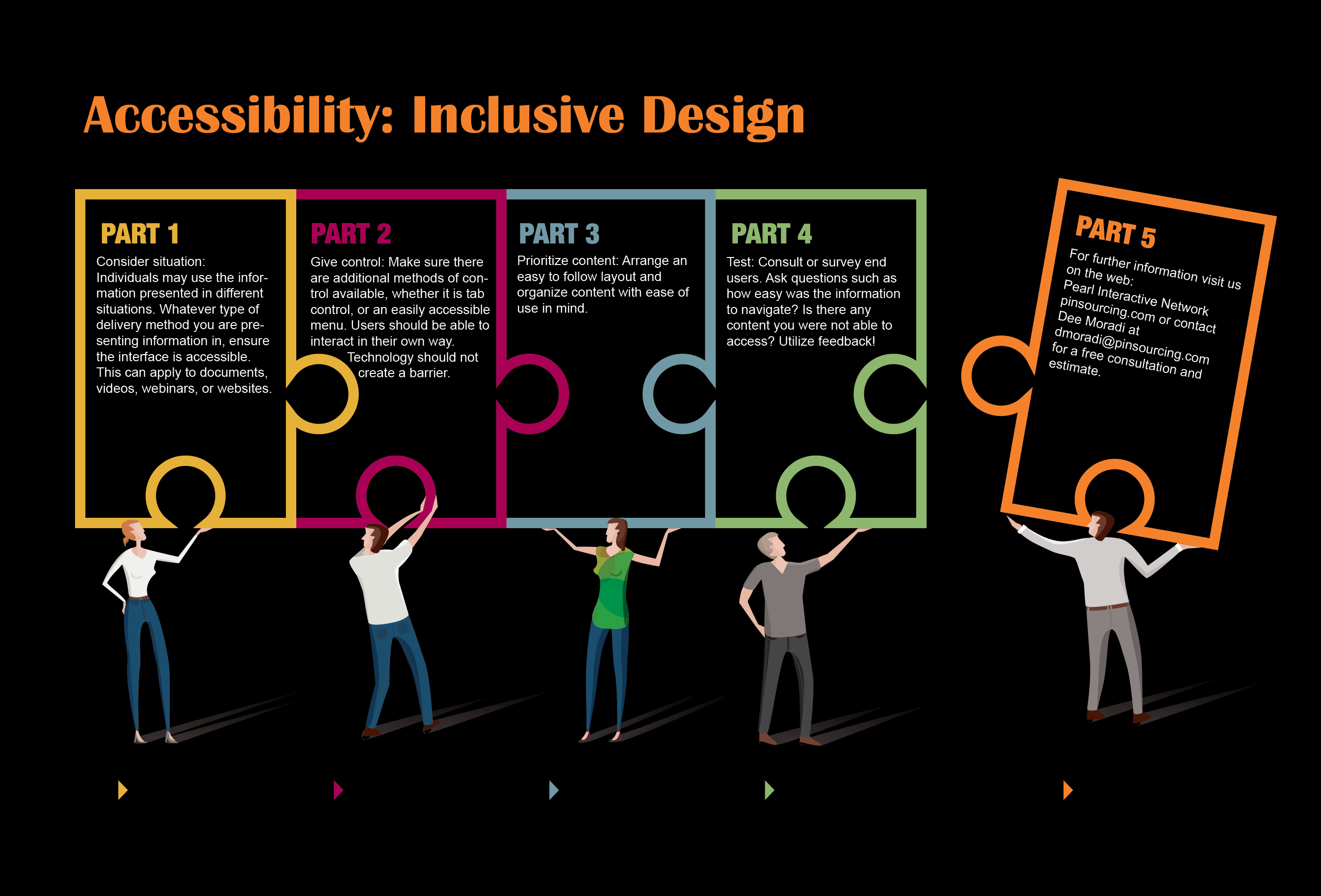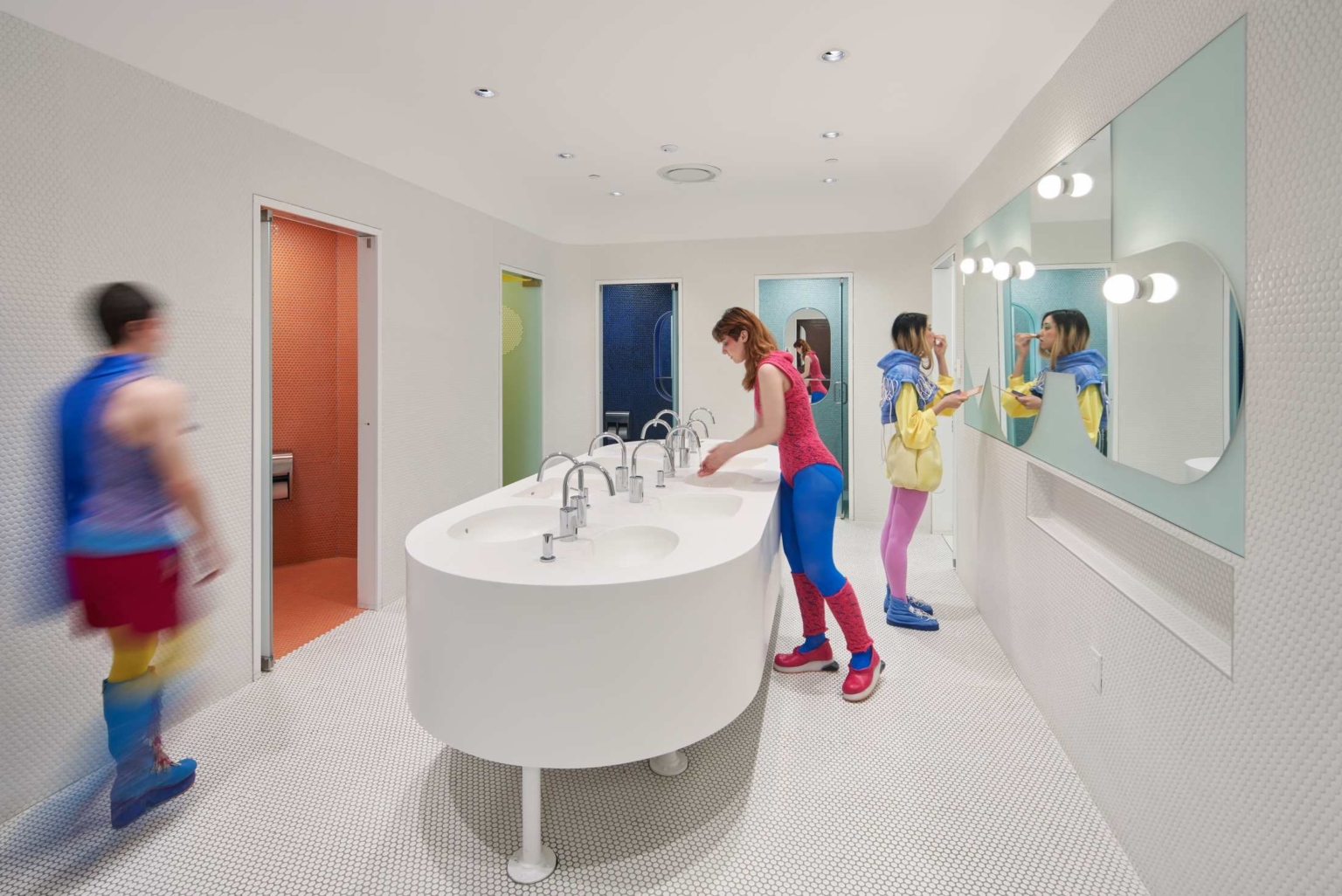
Introduction
Designing a home that is inclusive and accessible for individuals with differing abilities is not only a matter of practicality but also a statement of inclusivity and empathy. Creating an environment that caters to the unique needs of individuals with disabilities can greatly enhance their quality of life and foster a sense of belonging. This article aims to provide valuable insights and tips on how to design and decorate a home that is inclusive and accessible to people with differing abilities.
Understanding Differing Abilities
Before delving into the specific tips for designing an inclusive and accessible home, it is crucial to have a basic understanding of differing abilities and the challenges individuals with disabilities may face in their everyday lives. Differing abilities can encompass a wide range of conditions, including physical disabilities, visual impairments, hearing impairments, and cognitive disabilities.

Physical Disabilities
Physical disabilities can affect an individual's mobility and physical strength. These disabilities may include conditions such as paralysis, limb deformities, or chronic pain. Individuals with physical disabilities may require assistive devices or adaptations to navigate their surroundings easily.
Visual Impairments
Visual impairments refer to a range of conditions that affect an individual's vision, including partial or total blindness, color blindness, or low vision. People with visual impairments may rely on alternative techniques or assistive devices to perceive their environment.
Hearing Impairments
Hearing impairments can range from mild to profound and can affect an individual's ability to hear and understand spoken language. People with hearing impairments may rely on sign language, lip-reading, or assistive devices such as hearing aids or cochlear implants.

Cognitive Disabilities
Cognitive disabilities can affect an individual's cognitive functions, such as memory, attention, problem-solving, and language. These disabilities can include conditions such as intellectual disabilities, autism spectrum disorder, or traumatic brain injuries. Individuals with cognitive disabilities may require specific design considerations to support their cognitive abilities.
Inclusive and Accessible Home Decor Tips
1. Clear Pathways and Open Spaces
Creating clear pathways and open spaces in your home is essential for individuals with physical disabilities. Ensure that there are no obstacles or clutter that might impede their mobility. Consider widening doorways and hallways to accommodate wheelchairs or mobility devices. Additionally, arrange furniture and decor in a way that allows for easy navigation.

2. Non-Slip Flooring
Choose flooring materials that are non-slip to prevent accidents and provide stability for individuals with mobility issues. Options such as textured tiles, rubber flooring, or low-pile carpets can help enhance traction and reduce the risk of slips and falls.
3. Wheelchair-Friendly Furniture
When selecting furniture, opt for pieces that are wheelchair-friendly. Look for designs that have a comfortable seat height, sturdy construction, and removable armrests to accommodate individuals using wheelchairs. Additionally, choose furniture with smooth surfaces and rounded edges to prevent injuries.

4. Adequate Lighting
Proper lighting is crucial for individuals with visual impairments. Ensure that all areas of your home are well-lit, eliminating any dark corners or shadows. Use a combination of natural and artificial lighting to create a balanced and accessible environment. Consider installing motion-activated lights in key areas for added convenience.
5. Visual Contrasts
Maximize visual contrasts in your home decor to assist individuals with visual impairments. Choose furniture and decor items in contrasting colors and patterns to improve visibility. Use high-contrast colors for walls, doors, and furniture to aid navigation and identification of different spaces.

6. Accessible Storage Solutions
Ensure that storage solutions in your home are easily accessible for individuals with physical disabilities. Install adjustable shelves or pull-out drawers to improve reachability. Use labeling or texture cues to help individuals with visual impairments identify different storage areas.
7. Assistive Technology Integration
Consider integrating assistive technology into your home design. This can include features such as voice-activated assistants, smart home automation, or accessible controls for lighting and appliances. These technologies can greatly enhance the independence and convenience of individuals with differing abilities.

8. Universal Design Principles
Adopting universal design principles can greatly contribute to an inclusive and accessible home. Universal design focuses on creating products and environments that are usable by people of all ages and abilities. Incorporate features such as lever handles, touchless faucets, and adjustable height countertops to cater to a wide range of abilities.
Conclusion
Designing a home that is inclusive and accessible for individuals with differing abilities requires thoughtful consideration and attention to detail. By understanding the unique challenges faced by individuals with disabilities and implementing the tips outlined in this article, you can create a home that is welcoming, functional, and accommodating to everyone. Embracing inclusivity in home decor not only benefits individuals with differing abilities but also promotes a more compassionate and understanding society as a whole.